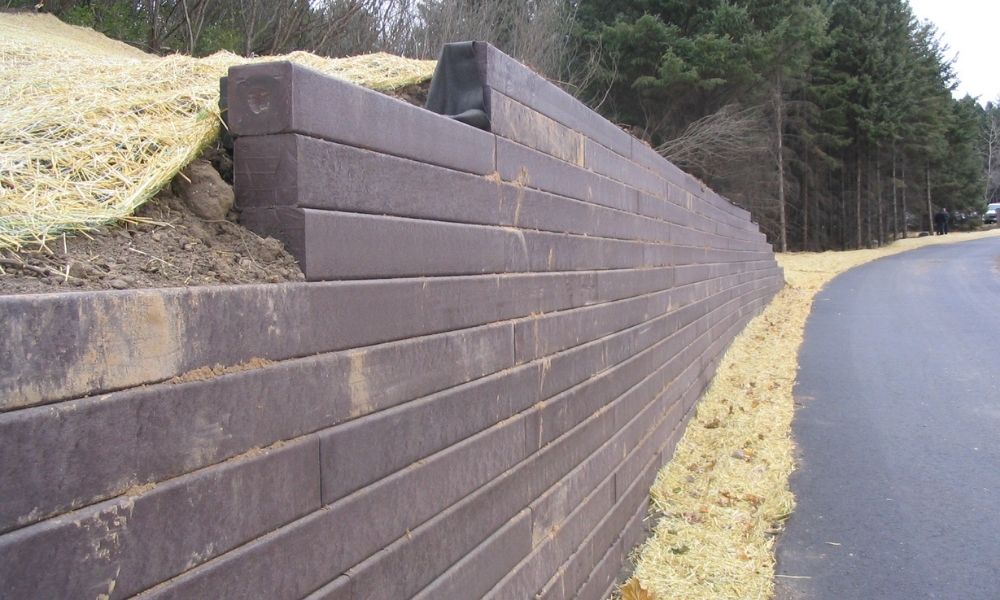The Main Purposes of a Retaining Wall

Retaining walls hold back soil using wood, plastic or metal structures. Yet, don’t let their simplicity fool you. These structures are actually incredibly complex and can be used for a variety of different reasons. This article will review the main purposes everyone should know.
Make a Slope Functional
Retaining walls make sloped areas functional. Essentially, the walls flatten the slope so that water and soil don’t flow downward. Retaining walls can also help provide pedestrian access to a sloped area. Instead of walking up and down the slope, a retaining wall makes it easier to walk since the area is flat.
Improve Drainage
Retaining walls can also be used to direct the flow of water in certain areas. This is especially helpful when a slope is near a body of water. Keep in mind, though, that there are many state and city regulations when it comes to building a wall for this purpose. So, it’s important to do your research before building.
Prevent Erosion
As previously stated, one of the main purposes of this type of wall is to hold back soil. If the soil slopes downward, it could easily create erosion in the area. Retaining walls can also be used to hold back water. Without a wall for this purpose, the shoreline can be exposed to erosion, causing the sea line to shift. When building a wall to prevent erosion, it’s important to keep permit laws in mind.
Design Purposes
Another reason why people install these landscaping walls in their homes is for design purposes. You can add features to the landscaping feature in a building. You can add lights and use beautiful stone, improving the overall look of any office building.
People install retaining walls for many reasons, which is why its important to maximize its durability with a strong material. If you’re thinking about building such a structure, look no further than Tangent Materials for help.












